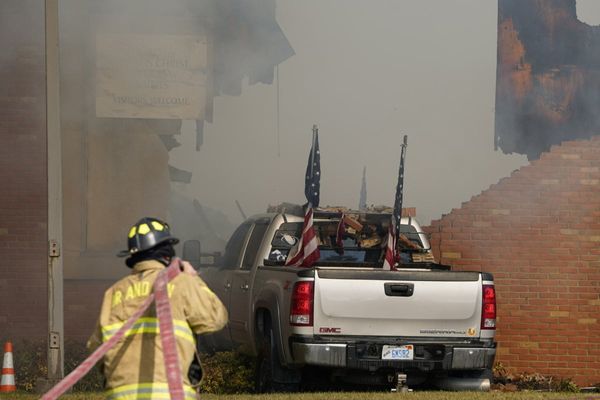
Every year, Manju D, a teacher from an English-medium school in Chembur, looks forward to Teachers’ Day.
“It is one day where students take over classrooms and we get appreciation for our entire year’s work,” she said.
This year, however, she has to conduct a class in the morning, a test in the afternoon and learning videos to be shot in the evening.
Since the lockdown began in March, Manju and other teachers have been busier than before, as they have been trying to adapt to online teaching owing to the Covid-19 pandemic. Teachers across the state have been facing challenges as schools have been conducting classes online since the start of the new academic year in June. The biggest onus of making the online learning model work lies with the teachers.
While many private schools have asked a significant number of teachers to go on ‘leave without pay’ until physical schools reopen, several others have imposed salary cuts. Those who are able to retain their jobs are now working round the clock to adapt to online teaching.
“I wake up at 5.30am every day to finish my household chores before the classes begin at 8 am. I teach for a couple of hours, then conduct special classes for students appearing for the scholarship and other competitive exams. Afternoons are spent in studying and creating online learning material such as PPTs and videos,” said Manju, adding that teachers also have to file daily reports on what is taught, along with their teaching plan. “For primary students, homework is sent on social messaging apps and their parents have to be informed about what is to be done. All of this takes up almost our entire day,” said Manju.
While private schools adapted to the online mode almost instantly, zilla parishad and aided schools – which teach students belonging to the lower economic strata – are still coping with the challenges related in the transition.
Rajan Garud, who works with the zilla parishad school in Kardak, Saphale, said teachers have to be even more active at places where students cannot attend online classes.
“Merely 20-30 of the 100-odd students have access to a mobile phone and internet. For the rest of the students, we have to visit their homes, take the daily follow-ups and make learning material available offline,” he says.
For subjects such as maths and science, teachers said the challenge lies in teaching the concepts that require live demonstrations. Ruiee Kapoor, a teacher from St Elias School, Khar, has created a set-up at home to teach students maths problems with ease.
“I have mounted a mobile phone with a stand on plastic containers and have kept a white board in front of it, where I solve maths problems during the live classes. In the beginning, recording videos was becoming very hectic because one has to handle the camera, solve problems and talk at the same time. Live classes are much easier once you create a simple set up,” she added.
For a section of the teachers, the attitude of the parents of students is also posing a hurdle. As parents can now see the classes that take place online, a teacher at a Kandivli-based Indian Certificate of Secondary Education (ICSE) school said, “Many parents comment on the method of teaching and point errors with respect to pronunciations, etc. Teachers are exposed to this constant scrutiny. While we do take constructive feedback, sometimes, parents become too intrusive.”
Mumbai-based educational consultant Neeti Nagarkar, who conducts teacher training sessions across preschools in Maharashtra, said that with younger children, the challenges of online teaching increase manifold.
“We need parents to sit with the kid through the 30-minute sessions. Teachers have to ensure they can connect with the kids in a short span of time. This is a challenge because a child in nursery for instance, has never met the teacher,” said Nagarkar.
In addition to the challenges associated with adapting to the new technology, teachers are also bearing the brunt of the policies of their schools.
“Schools have clubbed several divisions and retained one teacher, instead of three-four. So a teacher often ends up teaching 200 kids at the same time. The not-so-tech-savvy teachers have been asked to join only once schools reopen physically,” said Manju.







